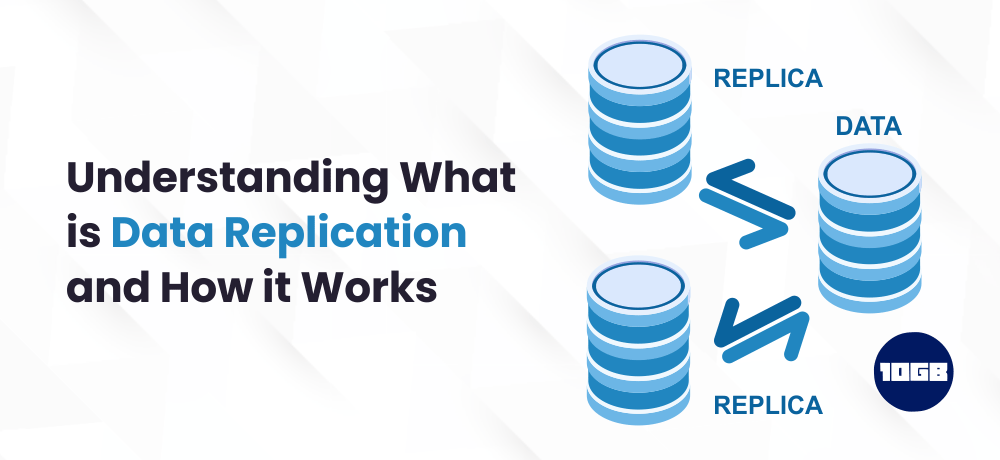In this blog post, we will understand what is data replication and how it works. So, let’s get started!
What is Data Replication?
Data replication is the process of creating clones of data and storing them in various locations. When you store the data in multiple locations, you are improving the data availability and at the same time taking measures to avoid data loss.
Here, the replicated data is either stored on a other server than the primary server or stored locally. So, if there is downtime due to any catastrophe, organizations can instantly recover the data and maintain business continuity.
Additionally, data replication can help minimize the latency, enhance access times, and balance the network load. Let’s understand this with an example:
Suppose your hosting server is in North America and your visitors are mainly from Asia or Europe. So, what happens here is that your visitors will have high latency leading to a bad user experience.
Mainly, the data is replicated with two processes;
- Synchronous replication: In this process, the data is written concurrently to the primary database and its replicas. Primary copy and replica should be in sync.
- Asynchronous replication: In this process, the data will be copied to replica once the data is written on primary database.
Meanwhile, you can have a look at our guide on data backup and disaster recovery.
How Data Replication Works
As we discussed above, replication is the process of copying or writing the same data to various locations.
Here, the data can be copied among two servers in various locations, data can be copied to various storage devices on one server or to a cloud-based server.
Data Replication Benefits
When you make of clone of the data and share it to various servers, you get the following benefits:
More enhanced reliability and availability: When a system fails, you don’t need to worry about the data as you have its replica on another system.
Increased support for data analytics: When you have multiple instances of data, teams can work collectively on similar projects.
More enhanced network performance: When you share the same data to the servers in different locations, you are minimizing the latency.
More enhanced test system performance: The distribution and synchronization of data for test systems are faster.
Types of Data Replication
On the internet, you can find numerous methods for replicating data. However, before choosing a method to replicate the database, organizations should ask themselves which replication method is ideal for them.
Transactional Replication
In this method, the database is copied as a whole whenever any new data is written or any changes are made in the database. The best part is that data is copied in real-time and improves the performance and decreases the latency.
Snapshot Replication
Whenever a replication process is initiated, the snapshot of the database is generated and sent to the subscribers. This method doesn’t monitor updates to the data.
Hence, this replication method is useful only when the data isn’t modified frequently.
Merge Replication
In this type of replication method, the data is obtained from various sources and then merged into a single database.
The best part of this method is that various users can do changes to the data and also apply the changes to its replica
Heterogeneous Replication
Heterogeneous replication refers to the method where replication is done among the different vendor servers.
This method is useful to clone data to a non-SQL server from an SQL server
Conclusion
We hope this article helped you in understanding what is data replication, how it works, and some of its types.
Additionally, we at 10GB Hosting offer 24/7 support and Cheap SSL Certificates with our Cheap VPS Hosting UK plans.
